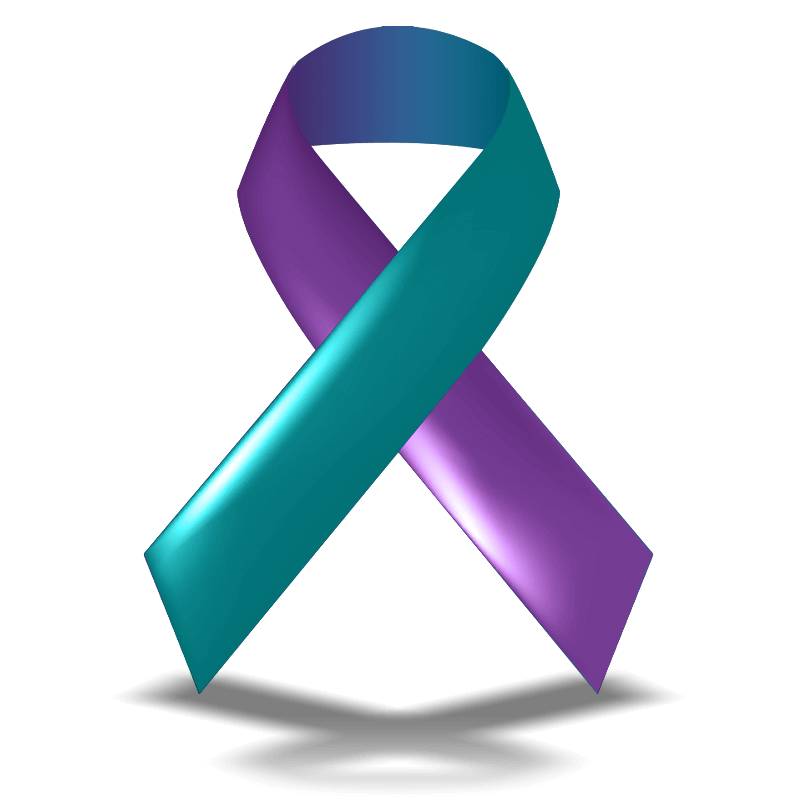
Sexual violence is a broad term used to encompass attempted and actual experiences of rape, sexual coercion, assault, harassment, and abuse committed by any person regardless of their relationship to the victim. Tragically, countless individuals of all ages, demographics, and backgrounds have experienced sexual violence in some form. The pervasiveness of sexual violence, particularly targeted against women, is a blight on our society and a serious public health concern requiring a holistic approach to solve. Individuals, institutions such as local and federal governments, aid agencies, schools and universities, faith communities, corporations, and others all have a role to play in eliminating sexual violence.
Recent years have ushered in a heightened cultural dialogue and awareness surrounding issues of sexual harassment, assault, violence, and consent. Building on this discussion, the National Center on Sexual Exploitation emphasizes the dangerous role that media—particularly online pornography and pop culture—play in normalizing and even glamorizing sexual violence. Whether in the form of movies, television, advertisements, social media, or mainstream pornography, these societal influences deeply impact how the public views and reacts to real-world sexual violence. In order to instigate a cultural shift that truly rejects and works to eradicate all forms of sexual violence, it is imperative to also address these powerful influences on our culture.

Sexual violence, whether attempted or actual, is deeply traumatizing. Compounding this trauma, it can be very frightening to reach out for help. Questions like, “Will I be believed?” and “Will I be blamed?” are common concerns that keep victims from speaking out and getting assistance.
A first step can be talking to someone you trust. Is there a close family member, caregiver, or friend you can reach out to for support? If not, don’t lose heart. There are many people who can help.
For instance, you can reach out to the National Sexual Assault Telephone Hotline by calling 800.656.4673 or via online chat at https://hotline.rainn.org/online/. This is a safe, confidential service that will connect you to a trained staff member from a sexual assault service provider in your area.
How do I report sexual assault to police?
Call 911. If you are in immediate danger, dial 911. Help will come to you, wherever you are.
Contact the local police department. Call the direct line of your local police station or visit the station in person. If you are on a college campus you may also be able to contact campus-based law enforcement who have had sexual assault training.
Never be afraid to ask for a female officer. If you feel more comfortable speaking with a female officer regarding you assault, they will provide one for you.
Visit a medical center. If you are being treated for injuries resulting from sexual assault, tell a medical professional that you wish to report the crime. You can also choose to have a sexual assault forensic exam. Medical social workers and victim advocates are usually available in medical and or hospital seetings.
If you are a victim of online sexual exploitation and are interested in legal services, contact our Law Center here.
We live in a hyper-sexualized, pornified culture where pornography is mainstream, accepted and shaping the sexual template of the next generation. The fact that pornography influences the sexual socialization of its users is well established.
This is especially concerning when much pornography depicts sexual violence, particularly violence against women. Boys and men (as well as girls and women) are consuming pornography and being told repeatedly that women enjoy violent, nonconsensual sexual encounters. For instance, a largescale content analysis of 4009 heterosexual scenes from 3737 videos randomly selected from the websites Pornhub and XVideos from fall 2013 to spring 2014 found:
- 45.1% of Pornhub and 35% of XVideos scenes contained at least one act of physical aggression (e.g., spanking, slapping, gagging, choking, etc.) against a woman or a man.
- Women were the targets of physically aggressive acts in 96.7% of Pornhub and 96.8% of XVideos scenes containing physical aggression.
- Men were perpetrators of violence in 75.9% of all physical aggression in Pornhub scenes, and 76% of all acts of physical aggression in XVideos scenes.
- Women were aggressors in against men in 2.8% of Pornhub and 3.1% of XVideos scenes containing physical aggression.
- Women responded with either pleasure or neutrality in 97.4% of Pornhub and 92.7% of XVideos scenes containing physical aggression.
This is compelling evidence that mainstream pornography both endorses and sexualizes two especially pernicious sexual scripts: 1) that women enjoy and welcome physical aggression during heterosexual sex, and 2) that women are mere sexual objects that do not interact with their male sexual partners.
Another study provides further evidence of the normalization of sexual violence in pornography. Researchers found that 1 in 8 (12%) of the video titles on largest mainstream pornography sites in the U.K. (Pornhub, XVideos, and Xhamster) described activities that constitute sexual violence including sexual activity between family members, aggression and assault, image-based sexual abuse, and coercive and exploitive sexual activity. Much of the material likely depicted evidence of real sexual assaults and non-consensual distribution of sexually explicit material. Thus, children who end up on these sites are being socialized to sexually violent pornography from the very outset of their exposure to hardcore pornography.
Additionally, a meta-analysis of pornography and actual acts of sexual aggression in general population studies showed that, “the accumulated data leave little doubt that, on the average, individuals who consume pornography more frequently are more likely to hold attitudes conducive to sexual aggression and engage in actual acts of sexual aggression than individuals who do not consume pornography or who consume pornography less frequently.”
Pornography is the narrative for much of the media in pop culture. Our movies, music, video games and TV shows are all “porn informed.” Tragically, this means they are informed by a narrative that endorses and normalizes sexual violence against women.
Take Action
Share Your Story
Tell Massage Envy to Improve Their Policies Regarding Sexual Assault
Tell DOJ to Investigate SeekingArrangement


459,310
65%
Further Reading
Research: National Intimate Partner and Sexual Violence Survey
Sex Trafficking
Research: Meta-Analysis of the Prevalence of Unacknowledged Rape
Research: Violence Against Women Prevalence Estimates
Research: Pornography, Masculinity, and Sexual Aggression on College Campuses
Research Spotlight: “Sexual Violence as a Sexual Script in Mainstream Online Pornography”
Research: National Intimate Partner and Sexual Violence Survey
Sex Trafficking
Research: Meta-Analysis of the Prevalence of Unacknowledged Rape
Research: Violence Against Women Prevalence Estimates
Research: Pornography, Masculinity, and Sexual Aggression on College Campuses
Research Spotlight: “Sexual Violence as a Sexual Script in Mainstream Online Pornography”
Research: National Intimate Partner and Sexual Violence Survey
Sex Trafficking
Research: Meta-Analysis of the Prevalence of Unacknowledged Rape
Research: Violence Against Women Prevalence Estimates
Research: Pornography, Masculinity, and Sexual Aggression on College Campuses
Why Do We Let Corporations Profit from Rape Videos?
No, Pornography Is Not Feminist.
Google Search: Driving the Pornography Industry’s Profits
Research Spotlight: “Sexual Violence as a Sexual Script in Mainstream Online Pornography”
Why Do We Let Corporations Profit from Rape Videos?
No, Pornography Is Not Feminist.
Google Search: Driving the Pornography Industry’s Profits
Research Spotlight: “Sexual Violence as a Sexual Script in Mainstream Online Pornography”
Why Do We Let Corporations Profit from Rape Videos?
No, Pornography Is Not Feminist.
Google Search: Driving the Pornography Industry’s Profits
Research
Video Resources
Subscribe to our YouTube channel for the latest webinars, presentations from experts, video podcasts, and more!
Audio Resources
Subscribe to the Ending Sexploitation Podcast today!
The Ending Sexploitation podcast decodes sexual harms and provides you with active solutions. We address the full spectrum of sexual exploitation, from sex trafficking to sexual violence, to rape culture, to pornography, and more. And better yet, we give you the tools to make a difference!

